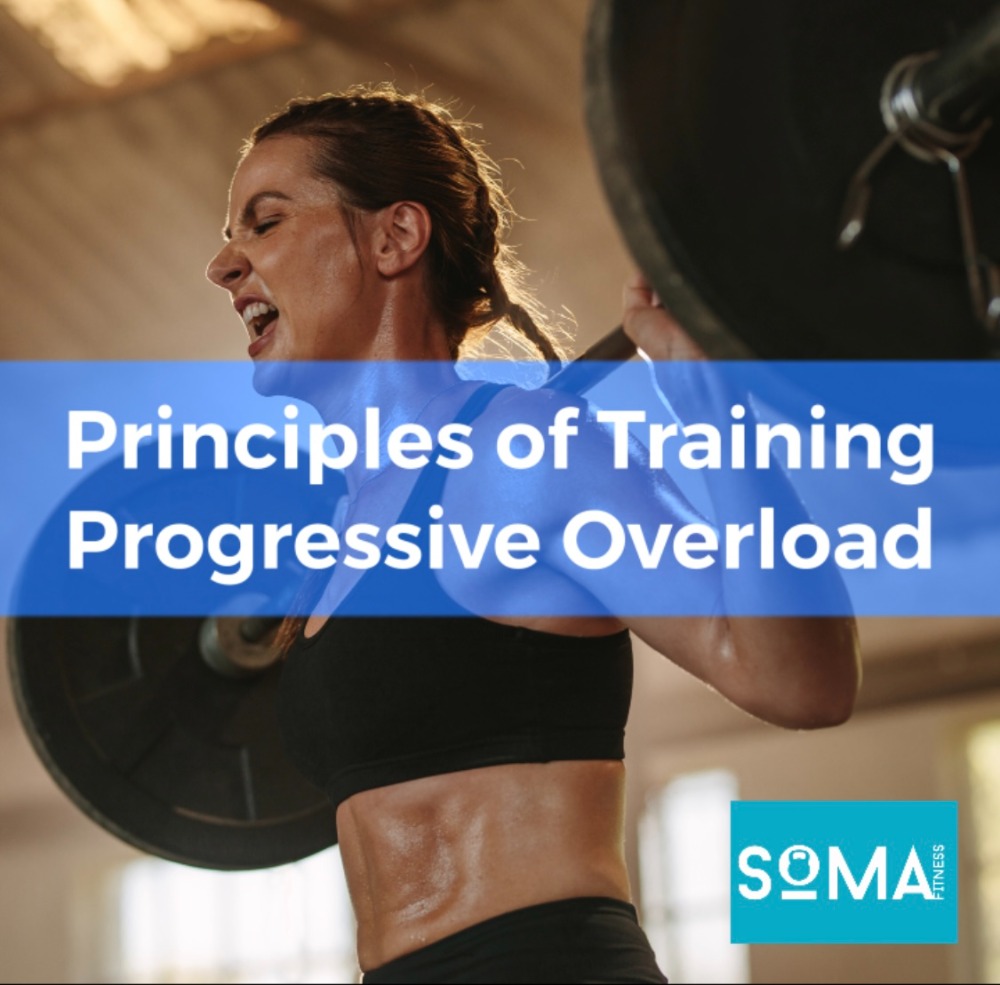Principles of Training – Progressive Overload

The principles of training are factors that should be applied to any training programme to ensure optimal adaptations. These principles include: Progressive Overload, Reversibility, Specificity, Individualisation and Periodization. To delve deeper into each of these, I will be writing an in-depth article on each, with this one discussing Progressive Overload.
When people start going to the gym, many start by feeling lost. Some will then look for guidance on what exercises to do, perhaps by going online, or to a friend to write them a few sessions to complete. For a number of weeks this plan may produce very good results with the trainee becoming stronger and possibly adding more muscle and/or reducing fat if following the correct nutritional protocol. However, if the programme doesn’t change over time then the progress it provides the trainee with will plateau.
This is where progressive overload needs to be applied. Progressive overload can be defined as the gradual increase in stress placed on the musculoskeletal system and nervous system over a period of time.
So how can a programme be appropriately changed in order to continue to bring about desired adaptations? There’s 4 variables we want to look at changing in order to continue progressing. These are: Volume, Intensity, Frequency and Interval Duration. Which variable you look to increase will differ depending on someone’s goals, which will be discussed below.
Firstly, volume= (sets x reps). Therefore, to increase volume, the sets or reps you perform for a given exercise will need to increase. Increases in volume have been shown to be a significant factor for increased hypertrophy. Therefore, anyone who has hypertrophy as their goal may find their time is most productively spent when choosing volume as the variable to progress in their plan. The amount of volume to increase will differ between individuals but as a rule of them, small increases such as 1 set per exercise every 2-4 weeks will provide an adequate increase in stimulus. However, everyone’s time is limited and even if you do have all day free, no one wants to be in the gym for hours. Therefore, that is when it is time to look at other variables such as intensity.
Intensity can be defined as the percentage value of maximal functional capacity. In the terms of weight training, this would be how close to your 1 rep max you are. With cardiovascular training, this would be how close you are to maximal exertion over a given distance, e.g. 30 seconds per km slower than 5k race pace. Increasing intensity is a great way to progress your training without adding any time to the sessions, which will be productive for anyone stuck for time in their day. However, as with every principle, people’s goals matter. For instance, if someone’s goal is to run a faster marathon, then increasing intensity of most of their runs will not provide beneficial adaptations.
Thirdly, you can increase the frequency of how often you train. This is as simple as training from 3 times per week to 4 times per week. By doing this, you are also increasing volume. It is worth considering though, that by increasing number of sessions, it may be productive to change your training split. For example, if your 3 sessions originally consisted of 3 whole body sessions, if you increase to 4 sessions it may be better for you to have two lower body days and two upper body days, in order to give certain muscle groups adequate time to recover before being trained again.
Next, we can change interval/ rest duration. The easiest way to make a session more difficult whether it’s resistance training or cardiovascular training, is to reduce the duration of rest periods between sets of lifting. However, once again, this is context dependant. For instance, to progress a training programme where increasing maximal strength is the goal, reducing rest will not be beneficial. This is because in order to increase max. strength, lifting weights close to 1RM makes up a lot of the session. This is not achievable if rest periods are short, therefore it would be more productive to keep interval duration the same and increase intensity.
Lastly, it is worth mentioning that only changing one variable at a time is probably wise, as increasing multiple variables at once increases the risk of overtraining. Furthermore, keeping the exercises the same can be useful as they act as the control variable. If they change to often then how can you be sure you are actually progressing certain variables when different exercises provide different stressors to our bodies.

Leave a Comment
(0 Comments)